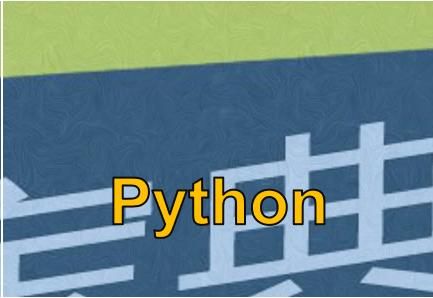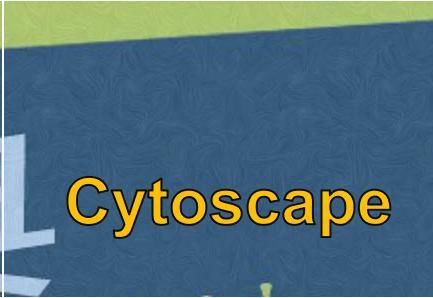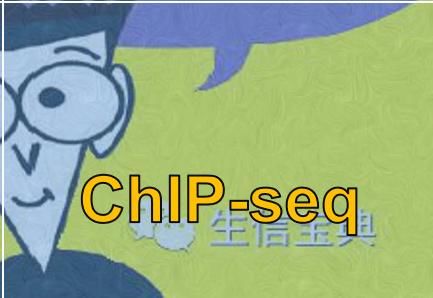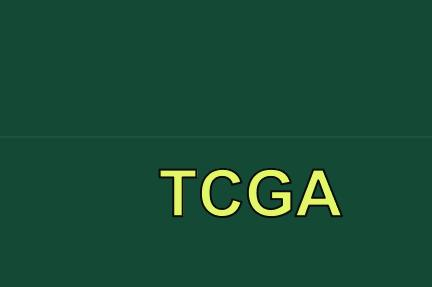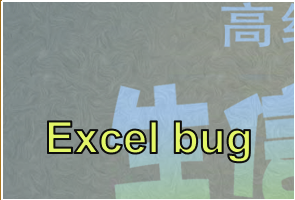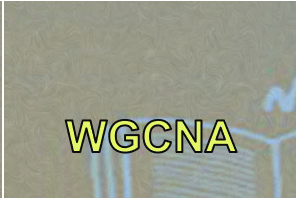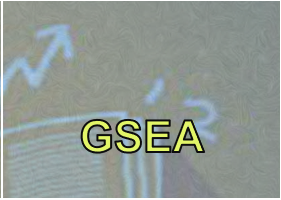“嘿,我们又见面了!”





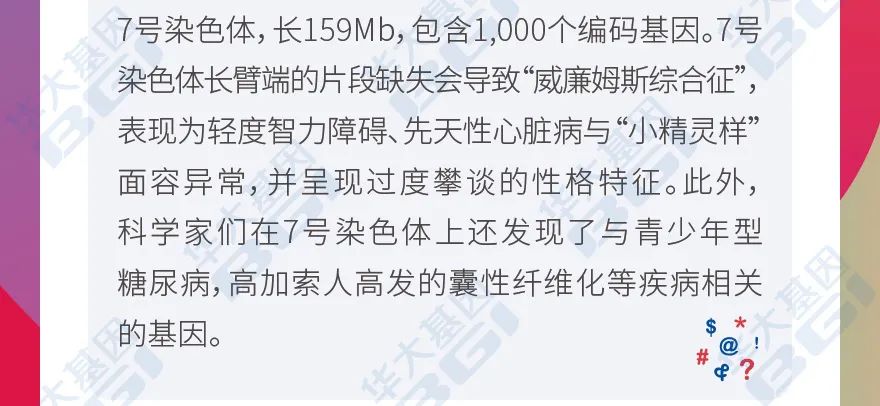



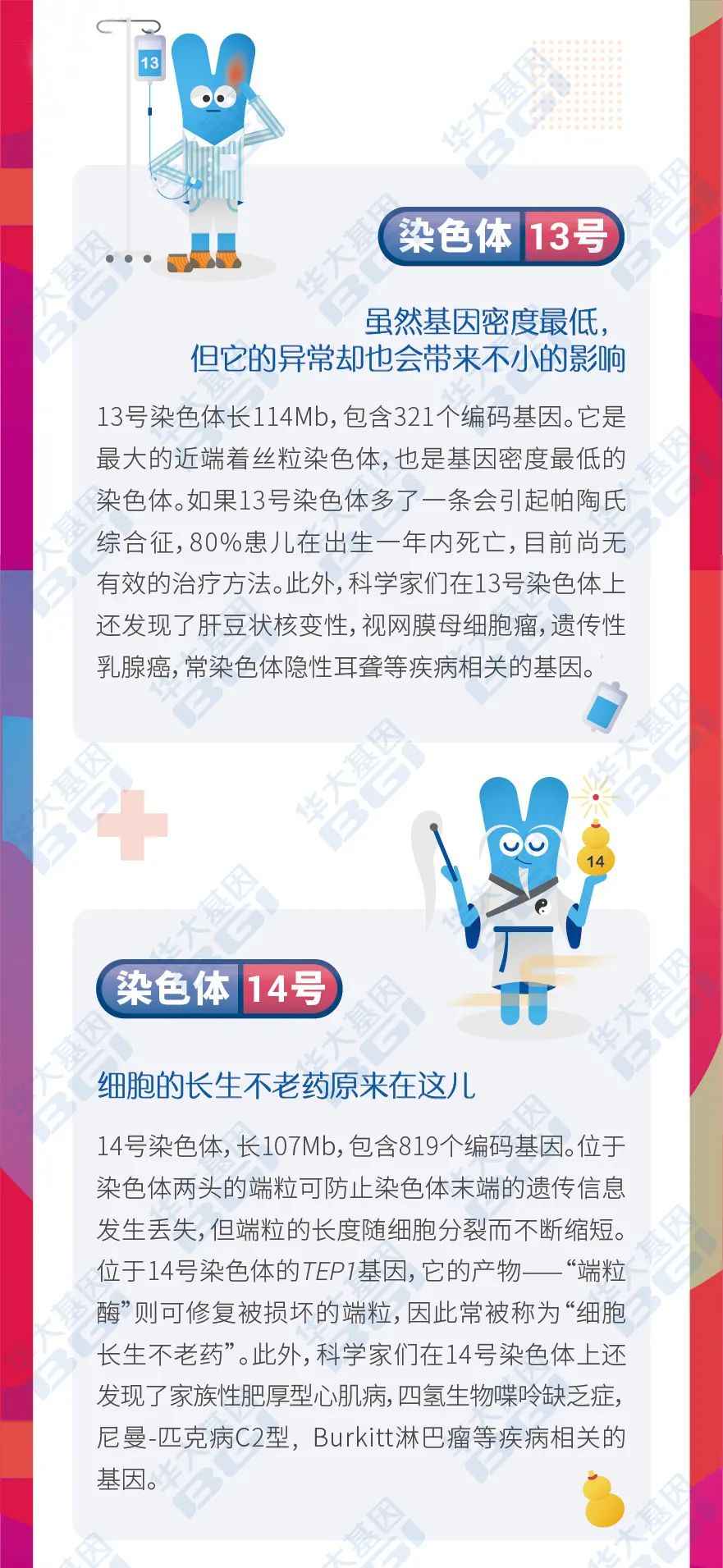


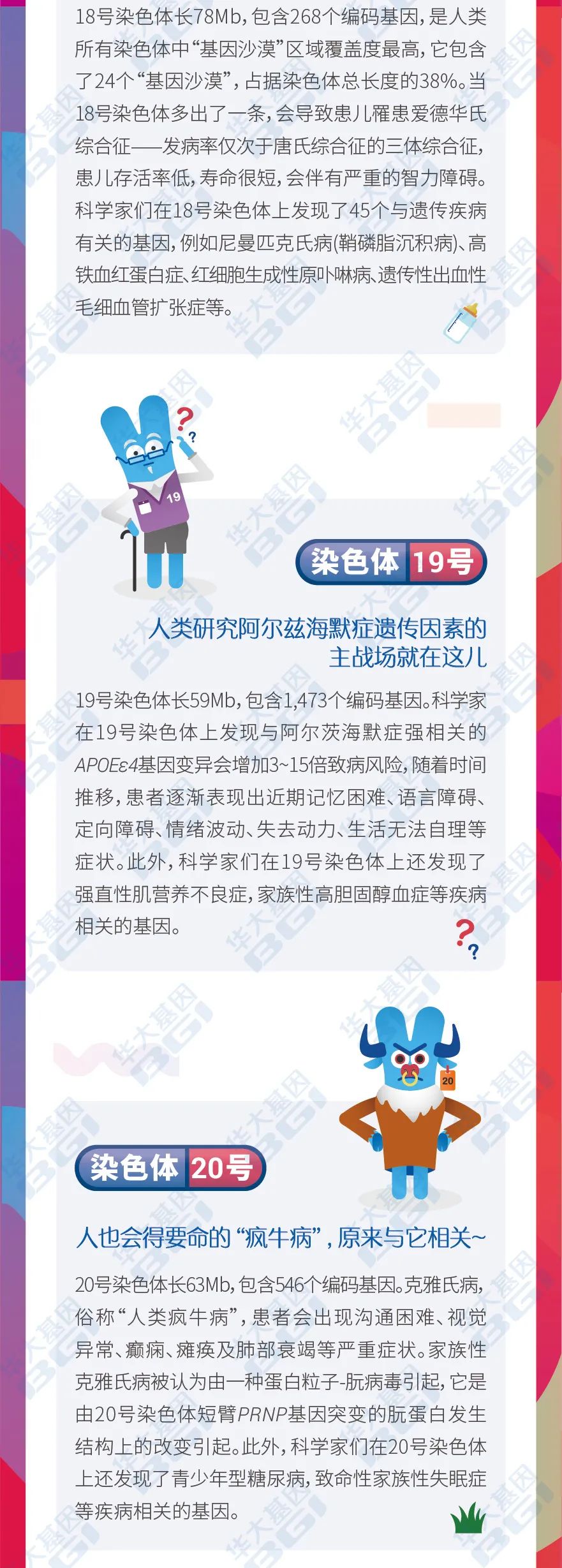


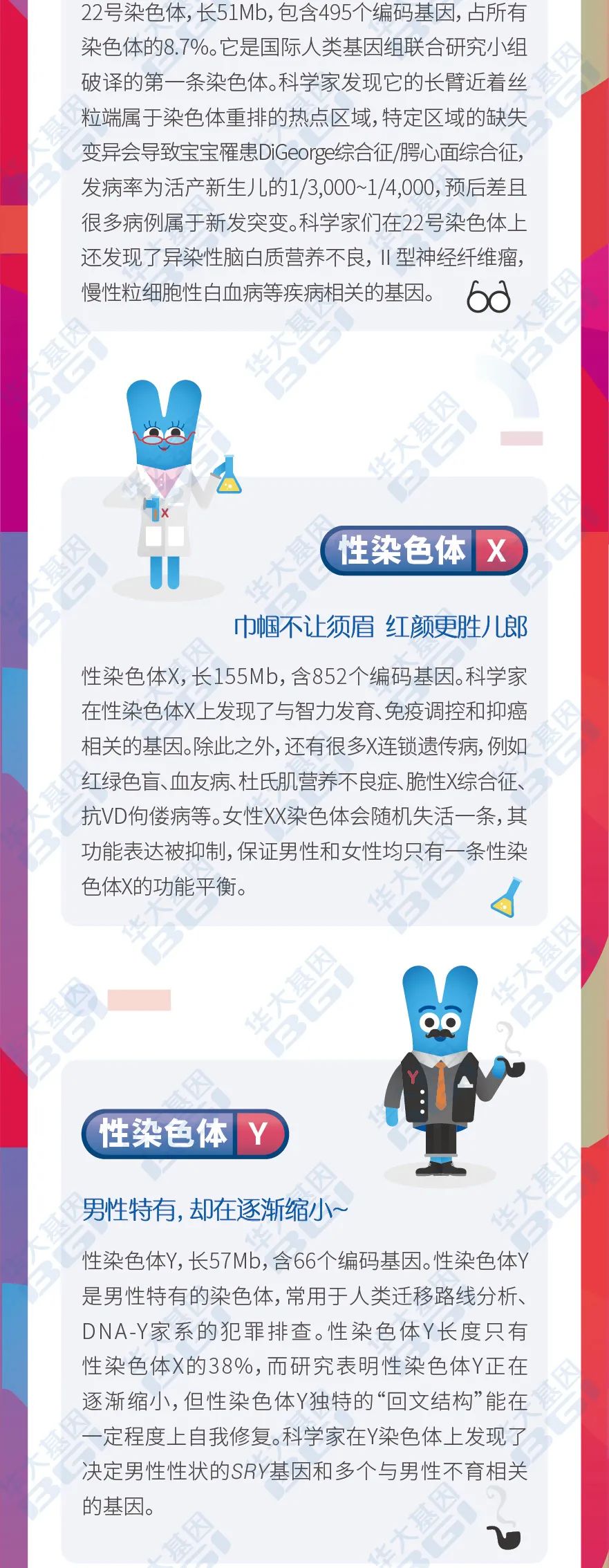


往期精品(点击图片直达文字对应教程)
后台回复“生信宝典福利第一波”或点击阅读原文获取教程合集

(请备注姓名-学校/企业-职务等)
参考文献:
[1]《基因组学》杨焕明, 科学出版社 2016
[2]《基因组: 人种自传23章》[英]马特·里德/著, 刘菁/译, 北京理工大学出版社 2003
[3]《实用遗传咨询》(英)P.S.哈珀, 科学出版社 2018
[4]《临床遗传咨询》陆国辉, 北京大学医学出版社
[5]《临床遗传代谢病》顾学范,人民卫生出版社 2015
[6]《医学遗传学》邬玲仟, 张学, 人民卫生出版社 2016:457-461
[7] U.S National Library of Medicine. (2019)
[8] Miga KH. 2016. Chromosome-specific centromere sequences provide an estimate of the ancestral chromosome 2 fusion event in hominin genomes. J Hered. 108(1):45–52.
[9] Stankiewicz P. One pedigree we all may have come from - did Adam and Eve have the chromosome 2 fusion?. Mol Cytogenet. 2016;9:72. Published 2016 Sep 26. doi:10.1186/s13039-016-0283-3
[10] International Huntington Association and the World Federation of Neurology Research Group on Huntington's Chorea. Guidelines for the molecular genetics predictive test in Huntington's disease. Neurology. 1994;44:1533–6.
[11] Hillier, L., Graves, T., Fulton, R. et al. Generation and annotation of the DNA sequences of human chromosomes 2 and 4. Nature 434, 724–731 (2005).
[12] Avis T, Clark EK, Flack TL, Mohammadi M, Milne S, Niblett D, Palmer S, Phillips S, Smalley C, Tagney M, Thorpe KL, Tubby B, Westrop J, Beck S. The chromosome 6 sequencing project at the Sanger Centre. DNA Sequence. 1997;8:131–136.
[13] Tiwari, J. L. & Terasaki, P. I. HLA and Disease Associations (Springer Verlag, Berlin, 1985)
[14] Avis T, Clark EK, Flack TL, Mohammadi M, Milne S, Niblett D, Palmer S, Phillips S, Smalley C, Tagney M, Thorpe KL, Tubby B, Westrop J, Beck S. The chromosome 6 sequencing project at the Sanger Centre. DNA Sequence. 1997;8:131–136.
[15] Mungall, A. J. et al. The DNA sequence and analysis of human chromosome 6. Nature 25, 805-811 ( October 23, 2003 ).
[16] Lenhoff, H. M., Perales, O., Hickok, G. Absolute pitch in Williams syndrome. Music Perception 18: 491-503, 2001.
[17] Scherer SW, Cheung J, MacDonald JR, et al. Human chromosome 7: DNA sequence and biology. Science. 300 (5620): 767–72.
[18] Huppi K, Pitt JJ, Wahlberg BM, Caplen NJ. The 8q24 gene desert: an oasis of non-coding transcriptional activity. Front Genet. 2012;3:69. Published 2012 Apr 30. doi:10.3389/fgene.2012.00069
[19] Nusbaum, C., Mikkelsen, T., Zody, M. et al. DNA sequence and analysis of human chromosome 8. Nature 439, 331–335 (2006).
[20] Tabarés-Seisdedos R, Rubenstein JL. Chromosome 8p as a potential hub for developmental neuropsychiatric disorders: implications for schizophrenia, autism and cancer. Mol Psychiatry. 2009, 14 (6): 563–89.
[21]Patterson, D.Molecular genetic analysis of Down syndrome. Human Genetics. 2009, 126 (1): 195–214.
[22] Weijerman ME, de Winter JP. "Clinical practice. The care of children with Down syndrome.". European journal of pediatrics. 2010, 169 (12): 1445–52.
[23] Hickey F, Hickey E, Summar KL. Medical update for children with Down syndrome for the pediatrician and family practitioner. Advances in Pediatrics. 59 (1): 137–57.
[24] Chervenak, FA, McCullough, LB. Ethical considerations in first-trimester Down syndrome risk assessment. Current opinion in obstetrics & gynecology. 22 (2): 135–8.
[25] World Down Syndrome Day. Down Syndrome International. Retrieved 2 February 2014.
[26] Deloukas, P., Earthrowl, M., Grafham, D. et al. The DNA sequence and comparative analysis of human chromosome 10. Nature 429, 375–381 (2004).
[27] Riaz N; Steinberg S; Ahmad J; et al. Genomewide significant linkage to stuttering on chromosome 12. Am. J. Hum. Genet. April 2005, 76 (4): 647–51.
[28] Leem, S., Londoño-Vallejo, J., Kim, J. et al. The human telomerase gene: complete genomic sequence and analysis of tandem repeat polymorphisms in intronic regions. Oncogene 21, 769–777 (2002).
[29] Cong YS, Wright WE, Shay JW. Human telomerase and its regulation. Microbiol Mol Biol Rev. 2002;66(3):407–425. doi:10.1128/mmbr.66.3.407-425.2002
[30] Hanahan D, Weinberg RA. Hallmarks of cancer: the next generation. Cell. 2011;144(5):646–674. doi:10.1016/j.cell.2011.02.013
[31] Gene Therapy of the Central Nervous System: From Bench to Bedside, edited by Michael G. Kaplitt and Matthew J. During. Amsterdam: Elsevier, 2006.
[32] Martin, J., Han, C., Gordon, L. et al. The sequence and analysis of duplication-rich human chromosome 16. Nature 432, 988–994 (2004).
[33] Angelina Jolie. My Medical Choice[J]. The New York Times, 2015.
[34] Nusbaum, C., Zody, M., Borowsky, M. et al. DNA sequence and analysis of human chromosome 18. Nature 437, 551–555 (2005).
[35] Apolipoprotein E: high-avidity binding to beta-amyloid and increased frequency of type 4 allele in late-onset familial Alzheimer disease. Proceedings of the National Academy of Sciences of the United States of America. 1993;90(5):1977–81.
[36] Burns A, Iliffe S. Alzheimer's disease[J]. The BMJ. 2009, 338: b158.
[37] "Creutzfeldt–Jakob Disease Fact Sheet | National Institute of Neurological Disorders and Stroke". NINDS. March 2003. Archived from the original on 4 July 2017. Retrieved 16 July 2017.
[38] 范明远. 人类疯牛病(变异型克雅氏病) [J]. 实用预防医学, 2003, 010(001):116-119.
[39] Wenger, T.L., Miller, J.S., DePolo, L.M. et al. 22q11.2 duplication syndrome: elevated rate of autism spectrum disorder and need for medical screening. Molecular Autism 7, 27 (2016).
[40] Phelan K, Phelan K, McDermid H, E: The 22q13.3 Deletion Syndrome (Phelan-McDermid Syndrome). Mol Syndromol 2011;2:186-201. doi: 10.1159/000334260
[41] Ko JM, Kim JB, Pai KS, Yun JN, Park SJ. Partial Tetrasomy of Chromosome 22q11.1 Resulting from a Supernumerary Isodicentric Marker Chromosome in a Boy with Cat-eye Syndrome. J Korean Med Sci. 2010 Dec;25(12):1798-1801.
[42] Dunham, I., Hunt, A., Collins, J. et al. The DNA sequence of human chromosome 22. Nature 402, 489–495 (1999).
[43] David H. Skuse, X-linked genes and mental functioning, Human Molecular Genetics, Volume 14, Issue suppl_1, 15 April 2005, Pages R27–R32,
[44] Aitken, R. John, and Jennifer A. Marshall Graves. "Human spermatozoa: the future of sex." Nature 415.6875 (2002): 963.
[45] https://www.nature.com/articles/nature04727
[46] http://asia.ensembl.org/
[47] https://en.wikipedia.org/wiki/Chromosome
[48] http://www.ncbi.nlm.nih.gov/Omim/mimstats.html
[49] https://www.nhs.uk/news/cancer/why-elephants-hardly-ever-get-cancer-and-how-that-can-help-us/
[50] OMIM: 194050
[51] OMIM: 202110
[52] OMIM: 176943
[53] OMIM: 601728
[54] OMIM: 164761
[55] OMIM: 130650
[56] OMIM: 600160
[57] OMIM: 230400
[58] OMIM: 605284
[59] OMIM: 183090
[60] OMIM: 191170
滑动查看



